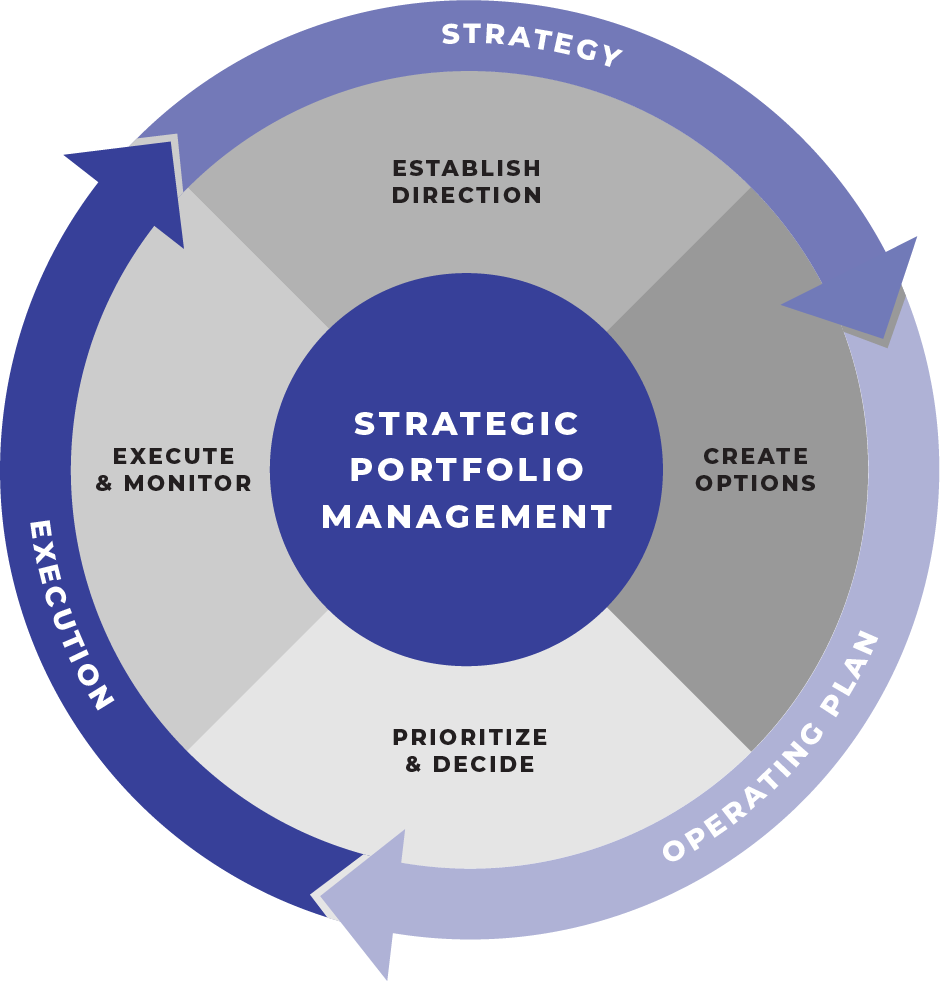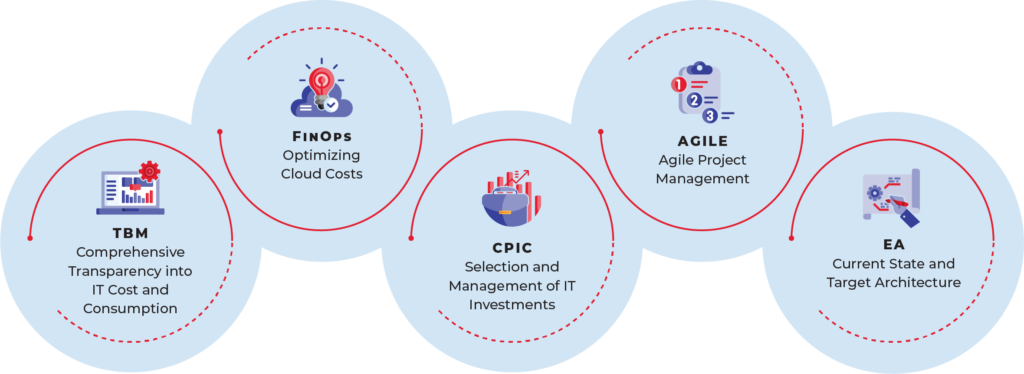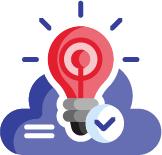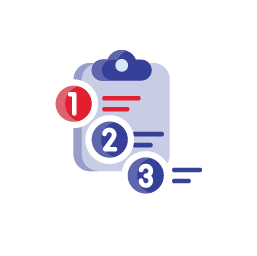IT Portfolio Management
Align IT investments with program mission, objectives, and goals.

What is IT PORTFOLIO MANAGEMENT?
The application of systematic management to an agency’s IT investments, programs, projects, and expenditures.

Technology Business Management (TBM)
- A management framework that provides transparency into the demand for IT services, alignment of IT services to business outcomes, and the cost of those IT services
- Provides an understanding of how IT services and investments enable agency business capabilities
Actions
- Complete cost allocation model with IT products/services and business units
- Develop consumption-based modeling of Infrastructure, Applications, and Services
- Create reporting and use insights gained for decision making
- Iterate on data quality and availability

FinOps
- A management discipline of bringing together technology, lines of business, and finance to master the unit economics of cloud; manage the cloud vendors and implement rate and discount optimizations
Actions
- Define and develop usage, spend thresholds, cost allocations, budget anomalies, and forecasting model with unit cost calculations
- Manage cloud vendors and implement rate and discount optimizations
CAPITAL PLANNING & INVESTMENT CONTROL (CPIC)
- A decision making process that ensures IT investments integrate strategic planning, budgeting, procurement, and management with a focus on the agency’s mission, business needs, and Target Architecture
- Enables selection, management, and performance evaluation of the agency’s IT
Actions
- Incorporate prioritization approach for selecting new IT investments — ensure alignment with agency Target Architecture
- Certify current IT investments are providing value
- Apply lessons learned to next iteration of IT Investment selection and management

AGILE
- An iterative approach to project management and software development that helps teams deliver value to their customers faster via smaller, consumable, increments as opposed to a “big bang” approach
- A focus on continuous releases and customer feedback
Actions
- Manage IT Programs and Projects via project parts (iterations) presented to the customer after each release
- Facilitate creation and growth of a Lean Enterprise
- Maintain project schedules, budgets, and resources
ENTERPRISE ARCHITECTURE
- A comprehensive view of people, business processes, data/info, technology, and their inter-relationships
- Ensures business and IT are aligned to agency Target Architecture objectives
- Keeps organizations ahead of emerging technologies
Actions
- Document agency IT Current State Architecture
- Identify gaps and deficiencies to improve upon
- Depict agency Target Architecture, emerging technology, and trends desired for adaption

